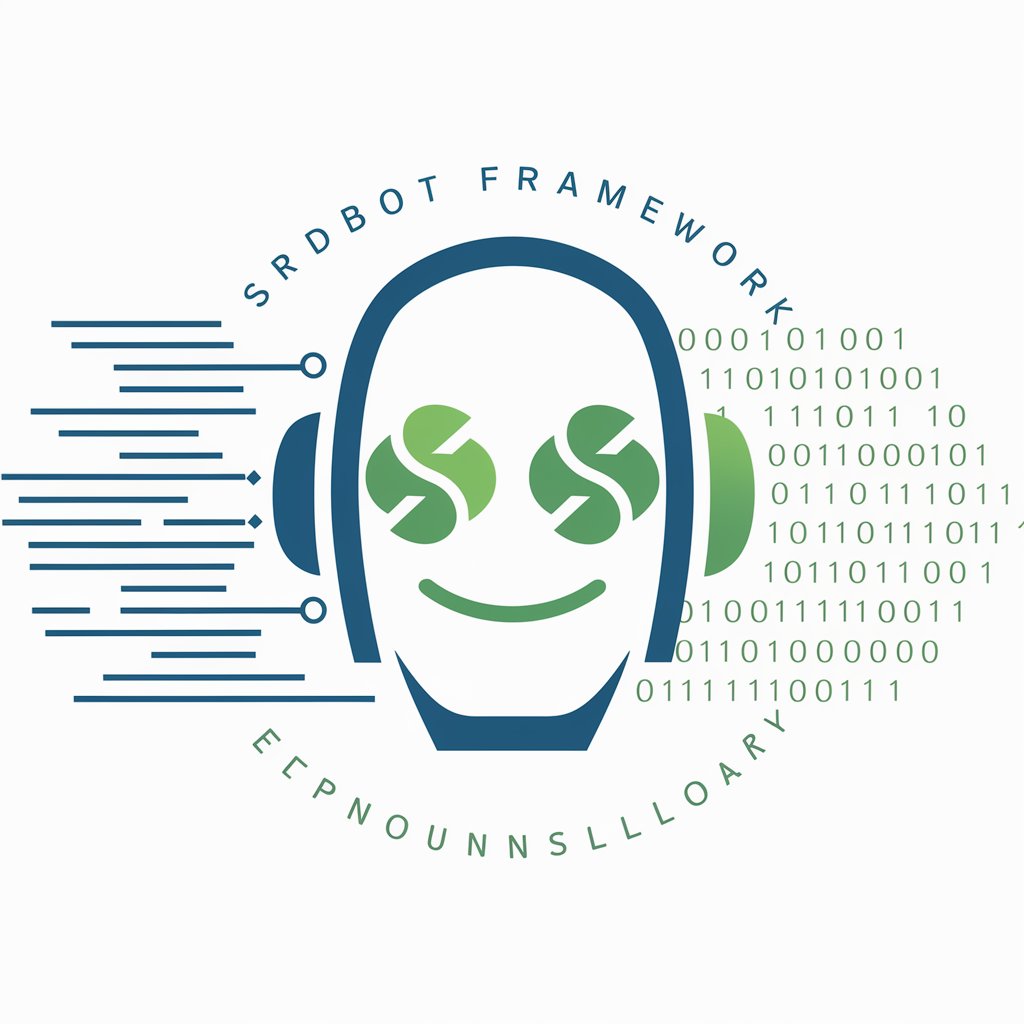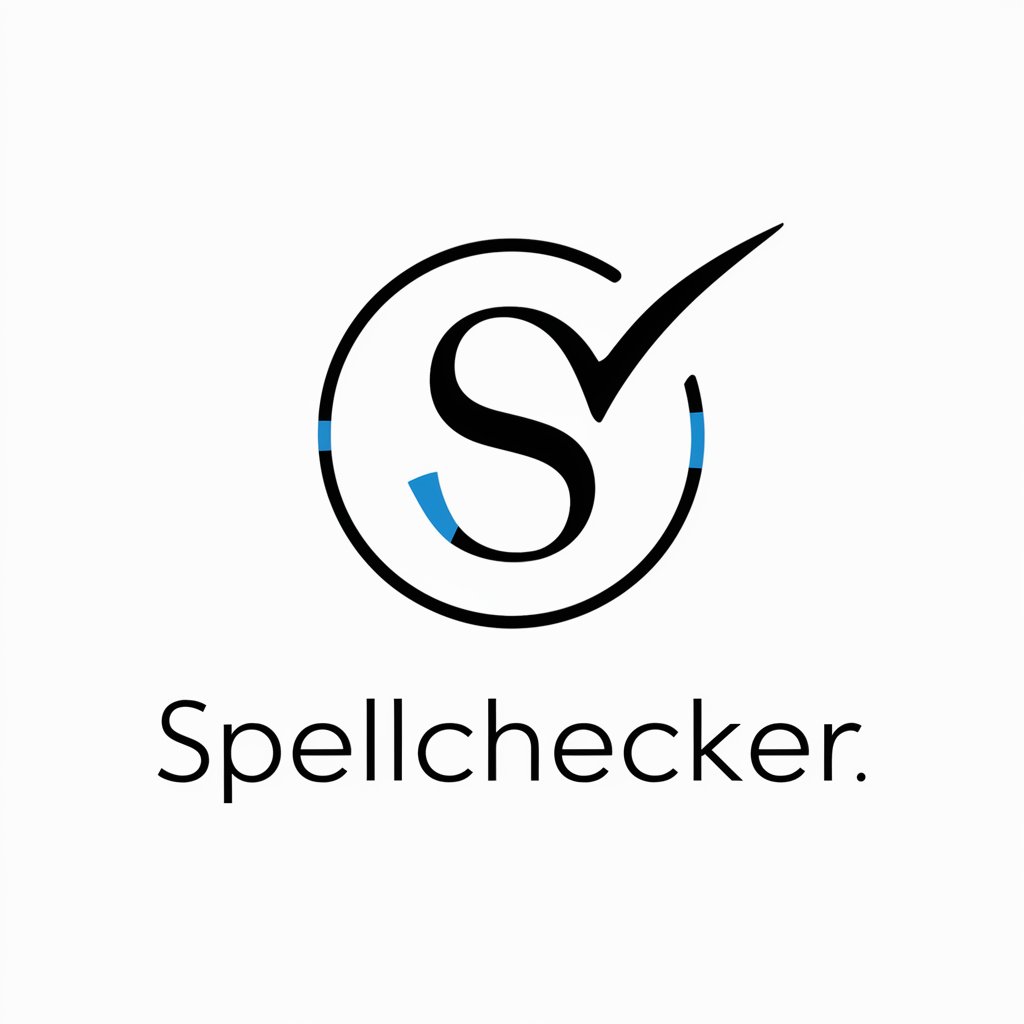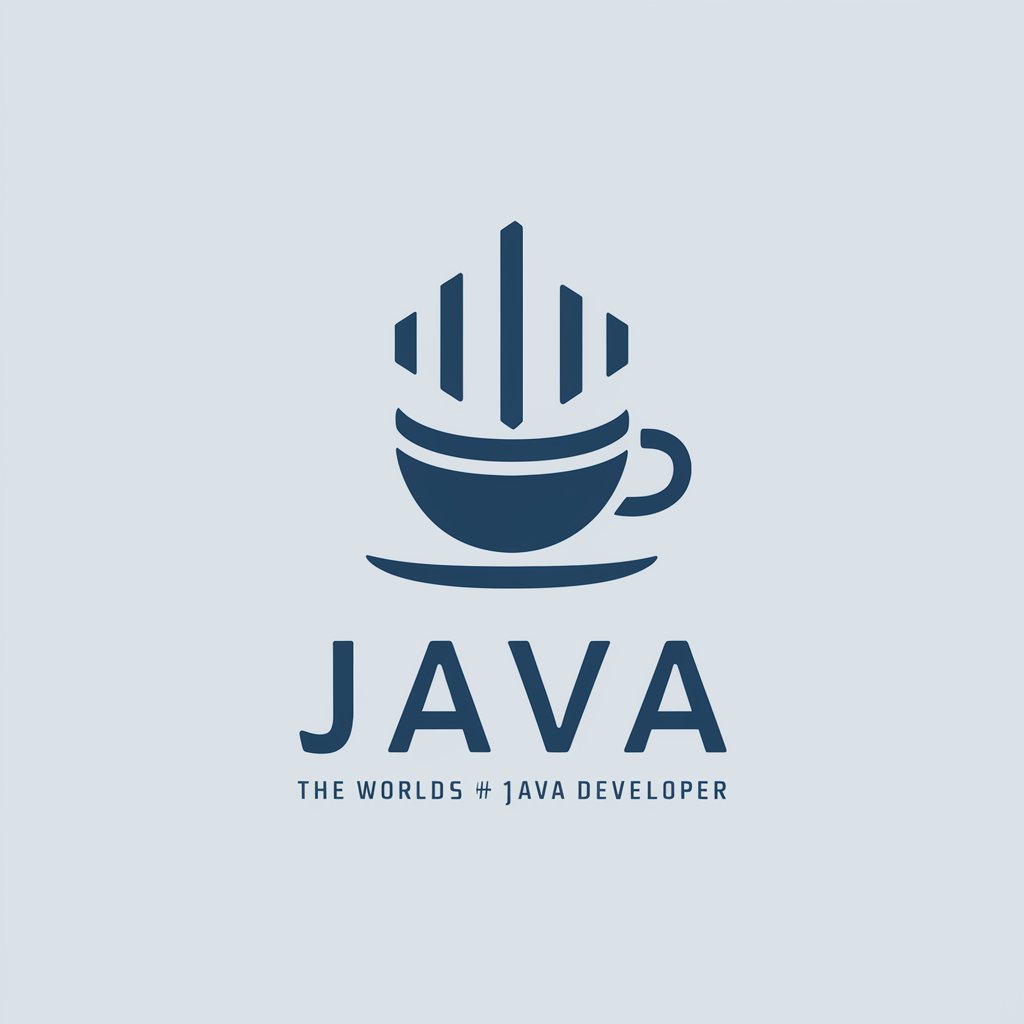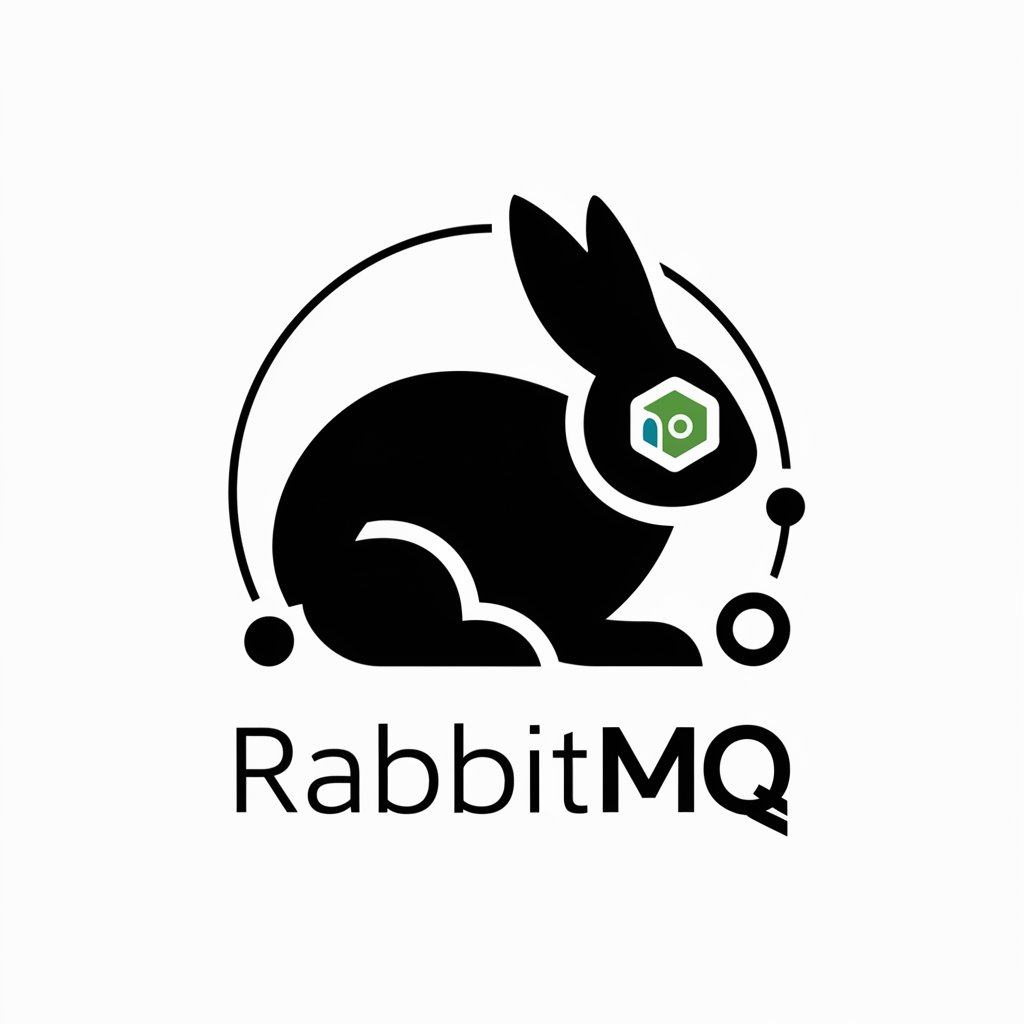
Java Spring Boot-Java Spring Boot Development Framework
AI-Powered Spring Boot Development Assistant

⭐️ 4.5ㆍAdvanced Java + Spring + Spring Boot assistant and code generator with a focus on responsive, efficient, and scalable projects. Write clean code and become a much faster developer.
🔎 How to implement strong security in Spring?
✅ Help me troubleshoot an issue in Spring
🪲 Find any bug or improvement in my code
💡 Teach me a useful skill or trick in Spring
Get Embed Code
Introduction toJava Spring Boot overview Java Spring Boot
Java Spring Boot is an open-source framework that simplifies the process of building and deploying Java applications, particularly for web and microservices-based architectures. It builds on the core concepts of the Spring Framework, offering features that allow developers to focus on application development while minimizing the need for boilerplate configuration. The primary design goal of Spring Boot is to make it easy to create stand-alone, production-grade Spring-based applications with minimal setup and configuration. This is achieved by providing embedded servers, auto-configuration, and a convention-over-configuration approach. A key feature is the ability to deploy Spring applications quickly without requiring an external web server (such as Tomcat or Jetty). Spring Boot also integrates seamlessly with various Spring projects like Spring Data, Spring Security, and Spring Cloud for full-stack development and cloud-native applications. **Example:** Imagine a developer working on an e-commerce platform. Spring Boot allows them to rapidly set up a REST API for product management, customer services, and order processing. Using auto-configuration, Spring Boot automatically setsJava Spring Boot overview up commonly used features like database connections and security, leaving the developer to focus on writing the business logic. **Scenario:** A startup building a microservices architecture for an online food delivery service can use Spring Boot to quickly develop individual services like order management, payment processing, and user authentication, which can be deployed independently, making the entire platform more scalable and manageable.
Main Functions of Java Spring Boot
Auto-Configuration
Example
Spring Boot auto-configures beans and settings based on the application's environment, greatly reducing the need for manual configuration. For example, when connecting to a database, Spring Boot will automatically configure a DataSource based on the application.properties file without requiring XML configuration or complex setup.
Scenario
In a banking application, Spring Boot can automatically configure database connections, a transaction manager, and even a message queue, allowing the developers to focus solely on implementing business logic, such as account balances or transactions, rather than worrying about the specifics of how to set up the infrastructure.
Embedded Web Server Support
Example
Spring Boot comes with embedded web servers like Tomcat, Jetty, or Undertow, which means applications can run as stand-alone Java applications without needing to deploy them to an external web server. For instance, a RESTful API developed using Spring Boot can be launched as an independent application with an embedded Tomcat server, making deployment easier.
Scenario
A developer working on a customer support system can package the entire application with an embedded web server, so they can deploy the application on any machine without configuring external servers or worrying about environment-specific settings, simplifying both development and operations.
Microservices Development
Example
Spring Boot is particularly suited for developing microservices, where each microservice can be developed, deployed, and scaled independently. It integrates well with Spring Cloud for additional features like service discovery, load balancing, and circuit breakers. For example, an application composed of several services, such as inventory, order processing, and payments, can be easily developed using Spring Boot to ensure smooth integration and independence.
Scenario
A retail platform aiming to scale services independently can use Spring Boot to build separate microservices for each domain (inventory, shipping, payments). These microservices can be developed and deployed independently, allowing for better scaling, fault tolerance, and isolated testing.
Production-Ready Features
Example
Spring Boot includes production-ready features such as health checks, metrics, and application monitoring. By integrating Spring Boot Actuator, developers can expose endpoints that provide real-time insights into the health of the application, database connections, and other system statistics.
Scenario
In an online banking system, Spring Boot's Actuator can expose endpoints that monitor the health of critical services like transaction processing or fraud detection, allowing the operations team to identify and address issues before they affect end users.
Spring Data Integration
Example
Spring Boot integrates seamlessly with Spring Data, allowing developers to easily set up database access using JPA, MongoDB, or other NoSQL databases. Spring Boot provides out-of-the-box repositories that handle CRUD operations without writing boilerplate code.
Scenario
A media streaming service can use Spring Boot with Spring Data JPA to easily manage user preferences and media content stored in relational databases, eliminating the need to manually write database queries and improving overall productivity.
Ideal Users of Java Spring Boot
Enterprise Application Developers
Large-scale enterprise applications, such as banking systems, e-commerce platforms, or CRM systems, benefit from the scalability and microservices capabilities of Spring Boot. The framework's flexibility allows enterprises to develop and maintain complex applications with multiple components or modules. The ease of integration with various databases, messaging systems, and authentication frameworks makes Spring Boot a top choice for developers working on large-scale, mission-critical systems.
Startup Teams and Small Businesses
For small businesses or startups, Spring Boot offers rapid prototyping and quick time-to-market. The built-in features for auto-configuration and embedded web servers allow developers to focus on building the core business logic without dealing with complex configurations. Additionally, startups can use Spring Boot's microservices architecture to scale specific parts of their applications as needed, ensuring a high level of flexibility and cost-efficiency in early stages of product development.
Cloud-Native Developers
Spring Boot is ideal for cloud-native application developers, particularly those deploying applications in a cloud environment like AWS, Azure, or Google Cloud. With its support for microservices, easy integration with Spring Cloud, and production-ready features, Spring Boot allows cloud developers to build, deploy, and monitor scalable and resilient applications quickly. Cloud-native developers can use Spring Boot to leverage the power of containerization (e.g., Docker) and orchestration (e.g., Kubernetes), making it a suitable choice for developing modern applications in the cloud.
Full-Stack Developers
Full-stack developers, who need to build both frontend and backend solutions, will find Spring Boot beneficial as it integrates easily with frontend technologies (such as Angular or React) while handling backend concerns like database access, security, and APIs. Spring Boot's easy integration with REST APIs, combined with its support for frontend JavaScript frameworks, enables full-stack developers to build comprehensive web applications quickly.
UsingJava Spring Boot guide Java Spring Boot
Visit aichatonline.org for a free trial without login, also no need for ChatGPT Plus.
To get started, visit aichatonline.org to access a free trial of the platform, where you can use Spring Boot features without logging in or requiring a subscription like ChatGPT Plus. This provides a hassle-free starting point for experimenting with the framework.
Install Java and Spring Boot.
Before using Spring Boot, ensure Java (JDK 8 or higher) is installed on your machine. Then, install Spring Boot either through the Spring Initializr (start.spring.io) to generate a project, or by using your IDE's integration with Spring Boot to create a new Spring Boot application directly.
Create and Configure Your Project.
Use Spring Initializr or an IDE to create a new Spring Boot project. Choose your desired project metadata (e.g., Group, Artifact, Dependencies), such as 'Web' for a REST API or 'Data JPA' for database integration.Using Java Spring Boot Customize application properties like port number or database connections in 'application.properties'.
Develop Your Application Logic.
Start coding your business logic in Spring Boot. Create Controllers for routing HTTP requests, Services for business logic, and Repositories for interacting with the database. Utilize Spring Boot annotations like @RestController, @Service, and @Repository to define components that are automatically managed by the Spring container.
Run and Test Your Application.
Once your application is set up, run the project either through your IDE or using the command line ('mvn spring-boot:run'). Use tools like Postman or curl to test REST endpoints. For optimal experience, ensure you have proper logging and exception handling in place to debug issues.
Try other advanced and practical GPTs
PPT制作
AI-powered slide creation in minutes.

Dịch Anh Việt
AI-powered English-Vietnamese translation tool

UMLGPT
AI-powered UML diagram creation tool.

旅游规划助手
AI-powered personalized travel planning

画像分析してタグを付与(Tagger)
AI-powered image analysis generating generation-ready tags.

Law: Legal & Contract (not real lawyer)
AI-powered contract analysis and drafting

SpellChecker
AI-driven spell and grammar correction.

GPT 4 Turbo
AI-powered solutions for smarter work

P5js Visual Coder
AI-powered p5.js sketch generator.

Copywriter Assistant
AI-powered content creation, effortless and fast.

Flowchart | Diagrama de flujo | خريطة تدفق | 流程图
AI-powered flowcharting for streamlined processes.

Derecho Civil Español
AI‑powered Spanish civil law drafting & research

- Web Development
- Microservices
- REST APIs
- Database Interaction
- Cloud Integration
Common Questions About Java Spring Boot
What is Spring Boot?
Spring Boot is an open-source Java-based framework that simplifies the development of stand-alone, production-grade Spring-based applications. It reduces boilerplate code, offers embedded web servers like Tomcat or Jetty, and provides easy configuration options. Its primary goal is to make it easier to set up and run Spring applications.
How does Spring Boot handle dependency management?
Spring Boot uses 'Spring Boot Starter POMs' to manage dependencies. These starters group commonly used libraries and dependencies together for different functionality (e.g., 'spring-boot-starter-web' for web applications). Spring Boot auto-configures these dependencies, making it easy to integrate libraries without needing manual configuration or version management.
What are Spring Boot profiles?
Spring Boot profiles allow you to define different configurations for different environments (e.g., development, production). You can specify which properties are active in a particular profile using the @Profile annotation or by defining profile-specific configuration files like 'application-dev.properties'. This helps to separate development and production settings.
How do I connect a database to Spring Boot?
To connect a database, you can add the appropriate database dependency (e.g., H2, MySQL, PostgreSQL) via Maven or Gradle. Then, configure the database connection details (URL, username, password) in the 'application.properties' or 'application.yml'. Spring Data JPA provides a simple way to interact with databases using repositories for CRUD operations.
What is the difference between Spring Boot and Spring MVC?
Spring Boot is a broader framework designed to simplify the setup and configuration of Spring-based applications. It automatically configures a Spring application with sensible defaults. Spring MVC, on the other hand, is a part of the larger Spring Framework, focused specifically on building web applications using the Model-View-Controller pattern.






